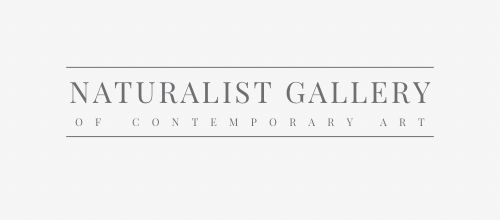Featured image: The Tribute Money by Masaccio
Throughout history, art has often been shaped by the powerful individuals and families who funded it.
The unseen influence of art patrons, from the Medici to the Guggenheims, has shaped masterpieces and movements throughout history. These benefactors were not just funders but influencers, dictating themes and styles that defined eras.
From the grandeur of Renaissance Italy to the modern art movements of the 20th century, patrons have played a crucial role in determining what art was created, who created it, and how it was perceived by the public. Understanding their influence provides a deeper insight into the cultural and historical context of many masterpieces.
Explore our curated selection of contemporary artists from around the globe.
Naturalist Gallery offers artist representation internationally. Apply your art.
The Role of Patrons in Shaping Art
The Last Supper by Leonardo da Vinci
Art patrons were not merely benefactors; they were influencers who shaped artistic trends and supported the careers of many great artists. For instance, during the Renaissance, the Medici family of Florence were major patrons who funded artists like Donatello and Michelangelo, commissioning works that became cornerstones of Western art. The contracts between patrons and artists often specified detailed requirements for materials and themes, as seen in the detailed agreements with artists like Pietro Calzetta and Lorenzo Ghiberti, which outlined everything from the materials used to the time required for completion.
Notable Patrons and Their Impact
-
Isabella d'Este: Known as the "First Lady of the Renaissance," Isabella d’Este transformed her court in Mantua into a hub of culture and art. She commissioned works from Leonardo da Vinci, Raphael, and Titian, using art to assert her political and cultural influence.
-
The Medici Family: As one of the most powerful families in Florence, the Medici were pivotal in supporting artists such as Botticelli and Michelangelo. Their patronage not only facilitated the creation of iconic artworks but also helped position Florence as the cradle of the Renaissance.
-
The Guggenheim Family: In the 20th century, the Guggenheim family significantly shaped modern art through their support of abstract expressionists like Jackson Pollock and Mark Rothko. Their foundation and museums continue to support contemporary artists and preserve their legacy.
-
Catherine the Great: Empress of Russia, Catherine expanded the collection of the Hermitage Museum and supported artists like Fyodor Rokotov and Vigilius Eriksen. Her efforts integrated Russian art into the broader European tradition, leaving a lasting cultural legacy.
Patrons and Artistic Control
The School of Athens by Raphael
Patrons often had significant control over the content and style of the works they commissioned. Contracts could be very specific, dictating everything from the colors used to the exact positioning of figures, as evidenced by Isabella d’Este's correspondence with her artists. Such interference sometimes led to conflicts, but it also ensured that the resulting artworks aligned with the patrons' vision and political or personal agendas.
Why Patronage Mattered
Arnolfini Portrait by Jan van Eyck
Patronage was not just about funding; it was a way for the wealthy to demonstrate their power, taste, and cultural influence. For example, in the Renaissance, commissioning grand works of art was a statement of status and prestige. This practice continued into the modern era, with families like the Rothschilds and the Guggenheims using art to cement their legacies.
The unseen influence of art patrons has had a profound impact on the course of art history. From shaping the themes and styles of individual works to fostering entire movements, their role cannot be overstated. Today, many of the world’s most iconic artworks exist because of the vision and support of these influential figures.
Learn more About Naturalist Gallery of Contemporary Art.
You may also find the following articles helpful:
The 14 Essential Artists of Impressionism
Expressionism: 20 Iconic Paintings & Their Artists
Renaissance Art: Origins, Influences, and Key Figures
Classical Art Movement: Exploring the History, Artists, and Artworks
Figurative Art: Understanding, Collecting, and Appreciating the Style
Daily Routines of Famous Artists: Learn from the Masters
Top 12 Controversial Artworks That Changed Art History








